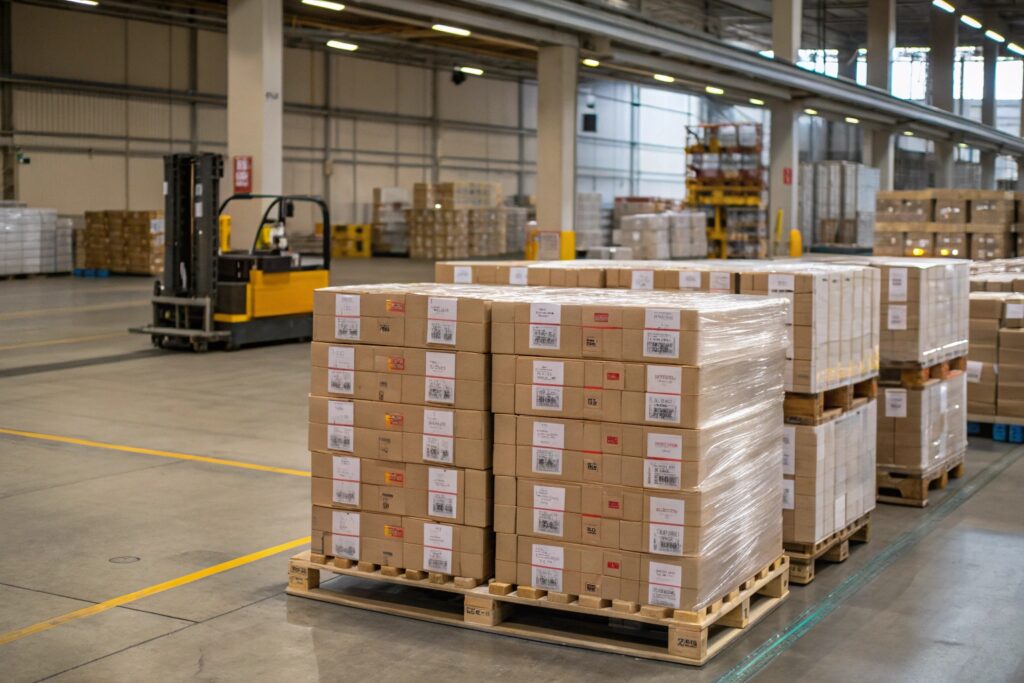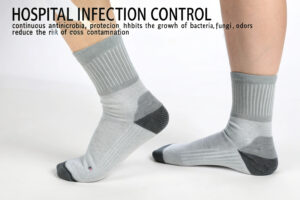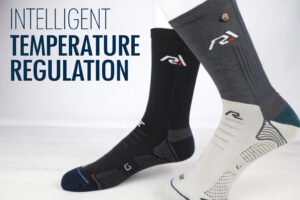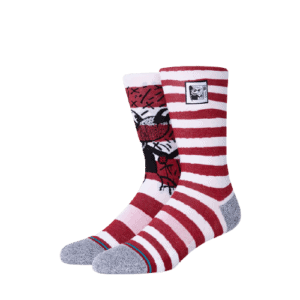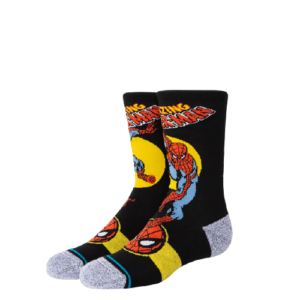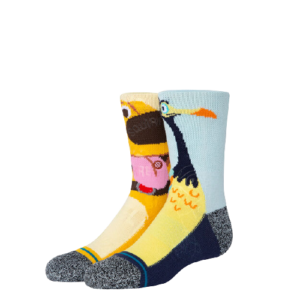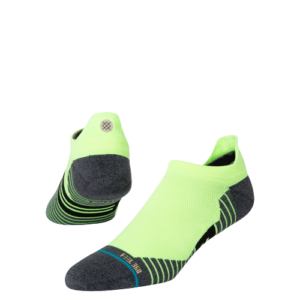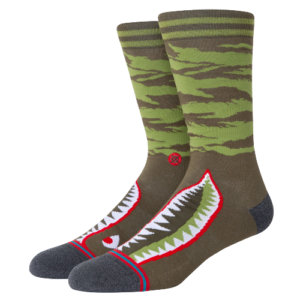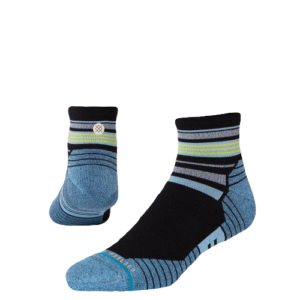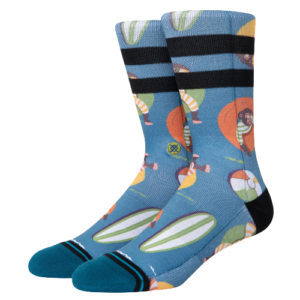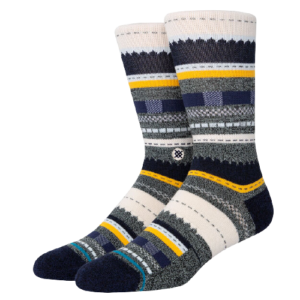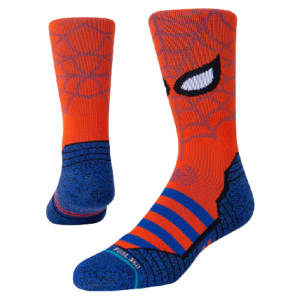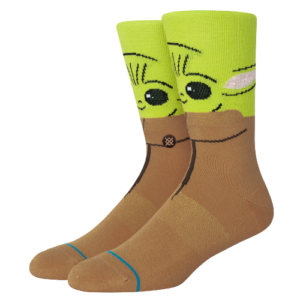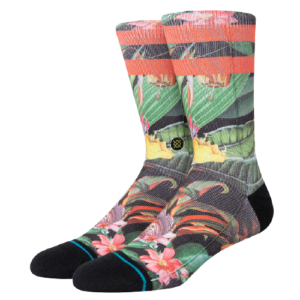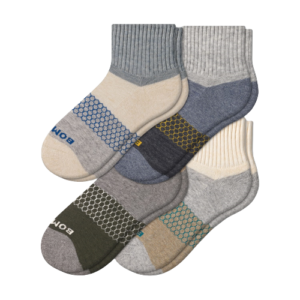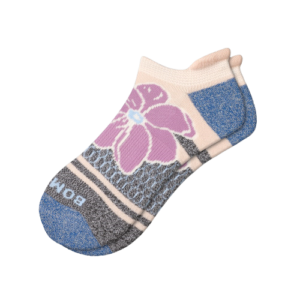Shipping socks from China to the U.S. might seem simple—box them, label them, and send them off. But in reality, logistics is where many sock brands and importers lose time, money, or even entire orders. I’ve spent over a decade managing sock exports to the U.S., and the truth is: without the right logistics strategy, even the best products can arrive late or incur huge costs.
Fast sock delivery from China to the U.S. depends on flexible freight modes, optimized packaging, real-time tracking, and customs efficiency—all managed by a proactive logistics team.
Let’s explore how smart logistics—from freight selection to customs clearance—helps you move inventory on time and within budget.
Which Freight Methods Offer the Fastest Delivery Options?
The first step in fast delivery is choosing the right freight mode. Your choice affects cost, transit time, and risk.
Air freight, express courier, and fast ocean services are top options for sock delivery depending on order size, urgency, and seasonality.
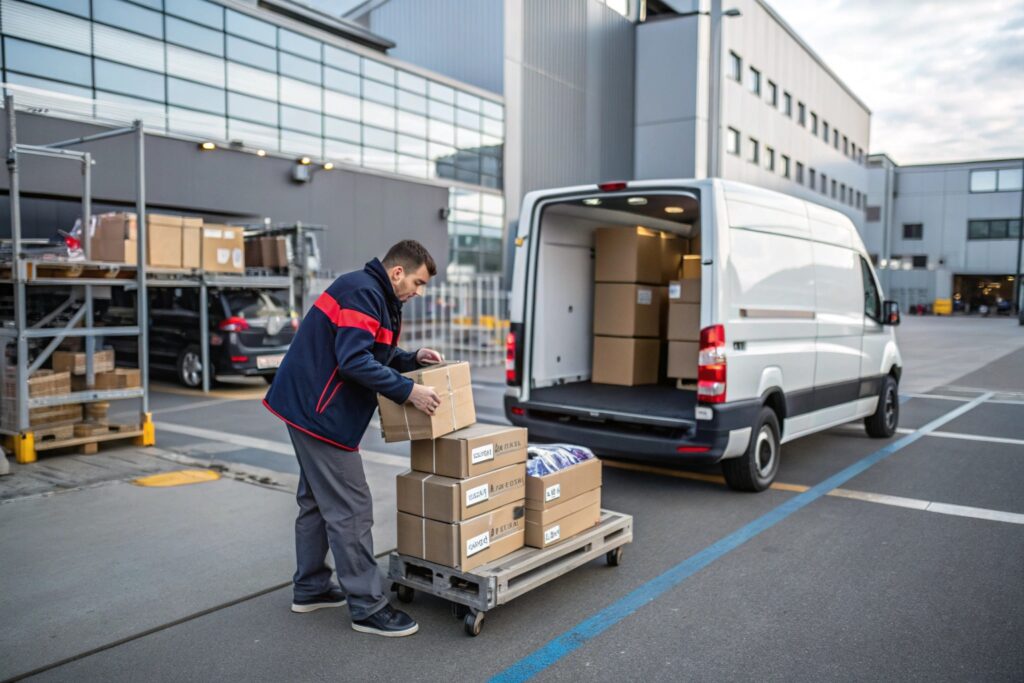
When Should You Choose Air Freight or Courier?
For urgent or high-value sock orders, air freight (3–7 days) or express courier (2–5 days) is best. Use these methods when:
- Order size is small (under 500 kg)
- Launch timelines are tight
- Samples, DTC replenishment, or pre-orders need quick turnarounds
At GlobalSock, we work with DHL, FedEx, and SF Express to deliver small and mid-volume sock shipments fast.
What Are the Fast Ocean Freight Options?
For larger orders (5–30 CBM), fast ocean freight with priority port processing can get socks to the U.S. West Coast in 12–16 days. Examples include:
- Matson Express
- ZIM eCommerce lines
- Costco/Target-dedicated routes via Long Beach
Learn more from Freightos and Maersk’s Asia–Pacific lanes. We offer weekly fast-sea consolidation from Ningbo and Shanghai.
How Can Warehousing and Consolidation Reduce Transit Delays?
Warehousing delays are a major cause of missed ship dates. The best solution is having goods ready and grouped smartly before pickup.
Consolidated warehousing with real-time scanning helps pack sock orders efficiently, reduce customs mismatches, and speed up cargo readiness.
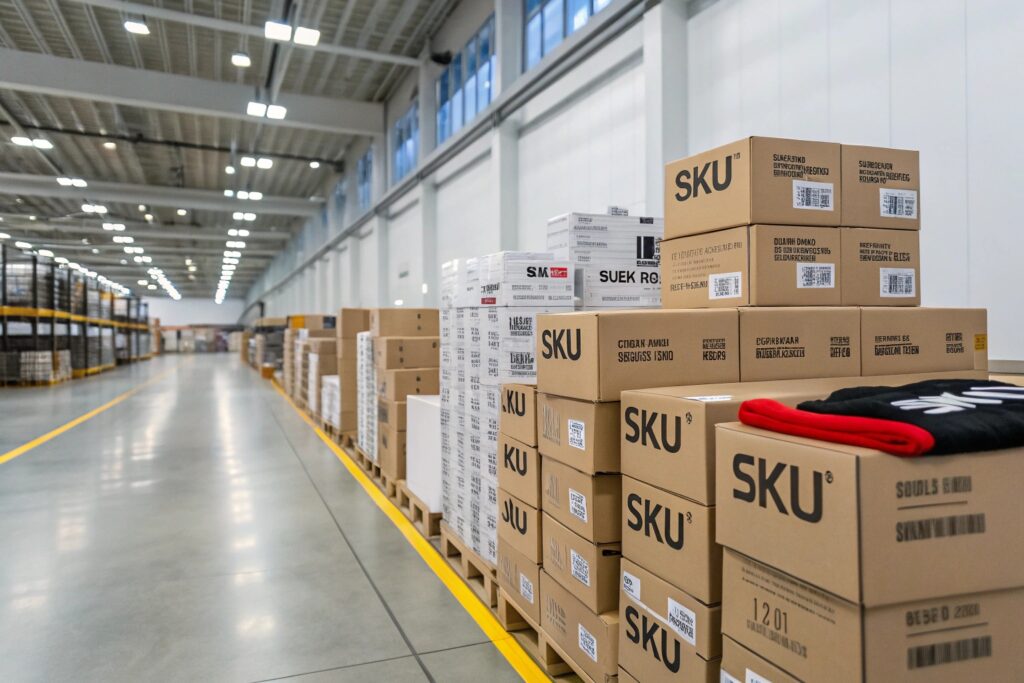
What Is Order Consolidation and Why Does It Matter?
Consolidation groups multiple SKUs or POs into one shipment to avoid:
- Partial loads
- Redundant customs clearance
- Port detention charges
At GlobalSock, we provide same-day consolidation from our 3 warehouse hubs in Keqiao, Jiaxing, and Yiwu. We use CargoWise to digitally manage inventory grouping and carton counts.
How Can You Pre-Position Inventory to Cut Time?
We help clients store best-sellers in bonded warehouses in Guangzhou or Ningbo. This allows us to:
- Clear customs faster under “advance declaration”
- Launch same-week orders without factory delay
- Offer duty deferment options
Check warehouse options on CBEC platforms or JD Global Warehouse. U.S. importers can receive in under 10 days door-to-door via pre-positioned bulk.
How Does Real-Time Tracking Help Buyers and Retailers?
Knowing exactly where your socks are reduces anxiety and improves sales planning. Especially for DTC brands or large retailers, delays need proactive response—not guesswork.
Logistics software with GPS tracking, EDI updates, and port-status sync helps buyers stay informed and ready to respond.
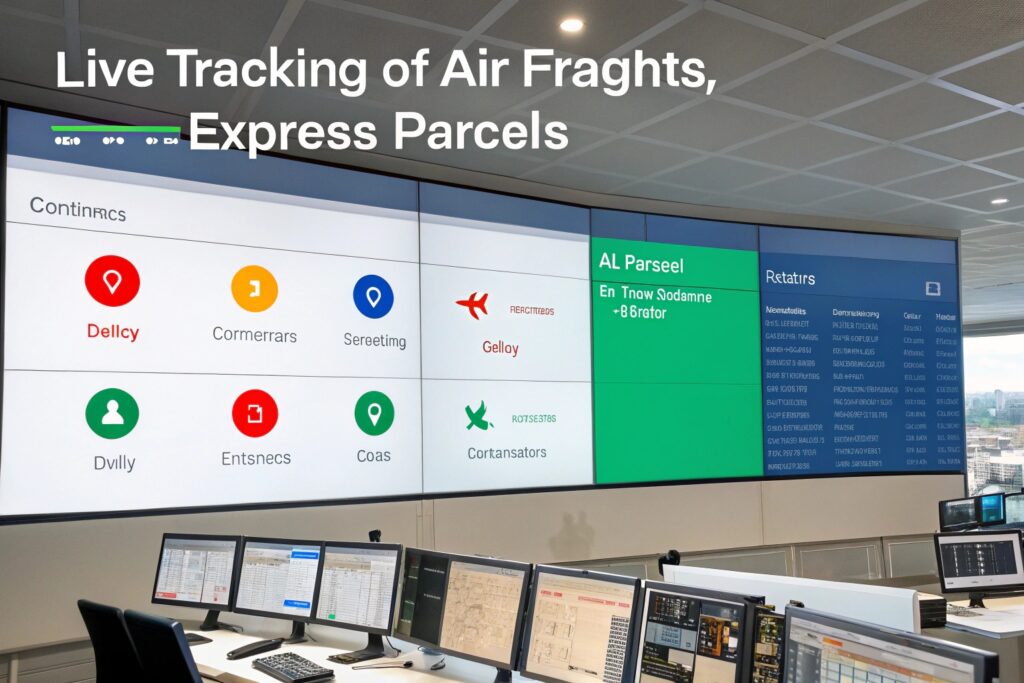
What Platforms Offer End-to-End Visibility?
We integrate with:
- Freightos WebCargo for booking and tracking
- Project44 and FourKites for multi-modal visibility
- Cainiao for Alibaba-linked shipping
Buyers can also use Flexport or ShipBob to connect warehouse and delivery logistics across borders.
With our QR code tracking system, every GlobalSock shipment has:
- PO-level ETA
- Port status
- Customs clearance history
How Can Tracking Integrate With Retail Forecasts?
When tracking is paired with ERP systems like NetSuite or Shopify inventory, retailers can:
- Adjust ad campaigns based on expected delivery
- Pre-notify warehouse teams
- Plan bundle drops or flash sales
You can connect data via tools like Zapier or direct API with platforms like Linnworks. This visibility ensures sock sales match inventory cycles.
What Customs and Compliance Strategies Speed Up Clearance?
Customs delays are avoidable—with preparation. Many sock shipments get held up because of incomplete paperwork, incorrect HS codes, or labeling mismatches.
Pre-approved customs documents, correct classification, and trade-friendly routing reduce clearance time and avoid fines.
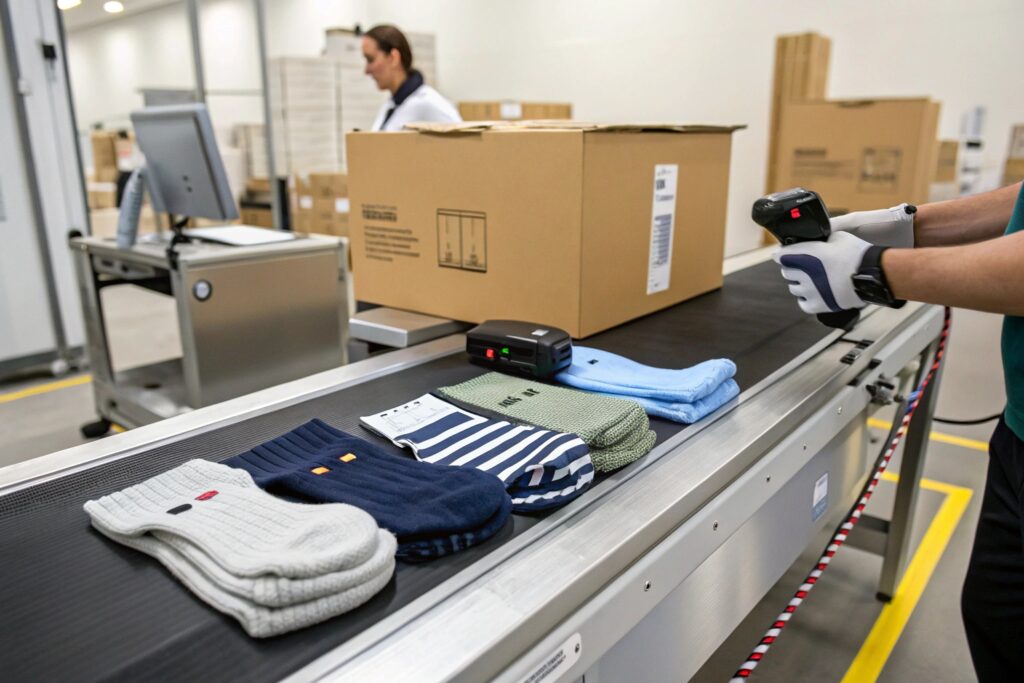
What Documents Must Be Prepared Before Departure?
We help clients prepare:
- Commercial invoice with correct HTS code (e.g., 6115.96 for synthetic socks)
- Packing list with carton breakdown
- Certificate of origin
- Material declaration for customs duty
Use the U.S. Harmonized Tariff Schedule to confirm your sock type and import tariff. Our socks often qualify under zero-tariff GSP programs or avoid 301 duties due to component origin.
What Are DDP and IOR Solutions for First-Time Importers?
If you’re new to importing, we offer:
- Delivered Duty Paid (DDP) services: where we handle duty, freight, and delivery
- Importer of Record (IOR) support via partners in California and New York
This is especially useful for startups or e-commerce sellers. Learn more about DDP shipping and IOR options.
At GlobalSock, we also provide FDA sock labeling checks and CPSIA test reports for children’s socks, ensuring 100% customs pass rates.
Conclusion
Fast sock delivery from China to the U.S. isn’t just about choosing the fastest courier—it’s about controlling every step, from the factory floor to customs to the final mile. By combining the right freight mode, warehousing strategy, tracking tools, and customs preparedness, you can build a shipping process that’s reliable and scalable. At GlobalSock, we’ve helped brands of all sizes reduce delays, avoid fines, and stay on top of their inventory timelines. Let’s move fast—and smart—together.

